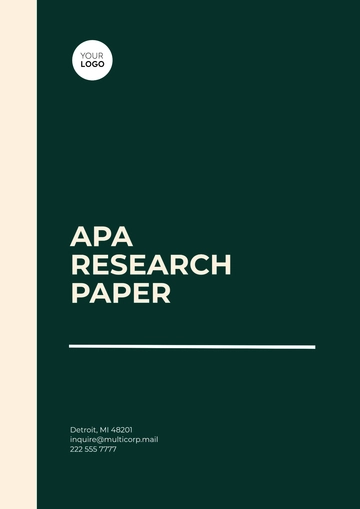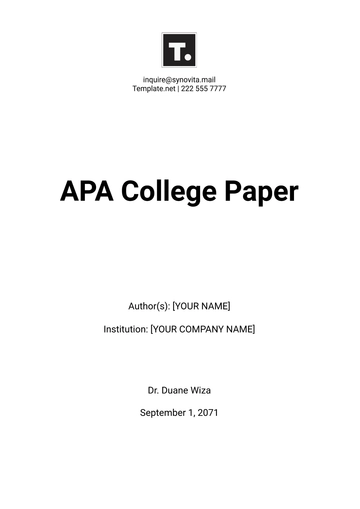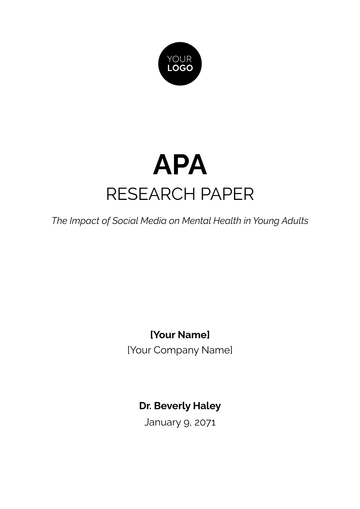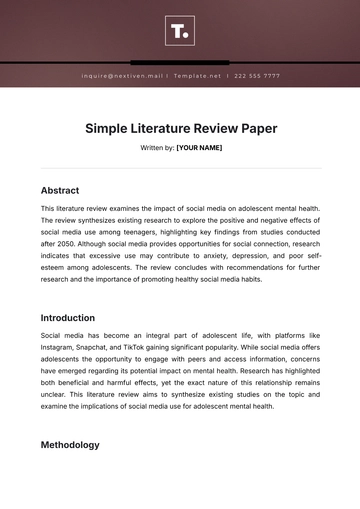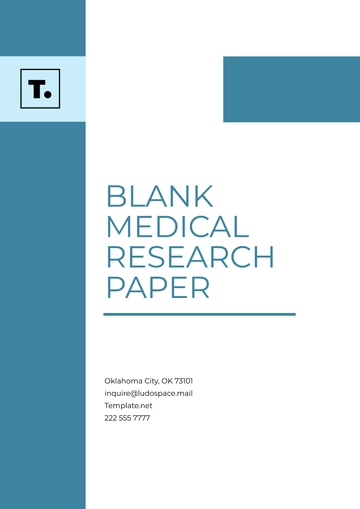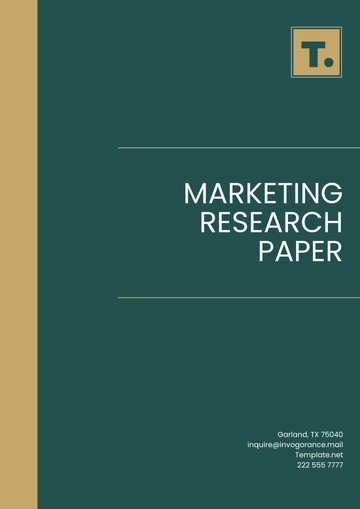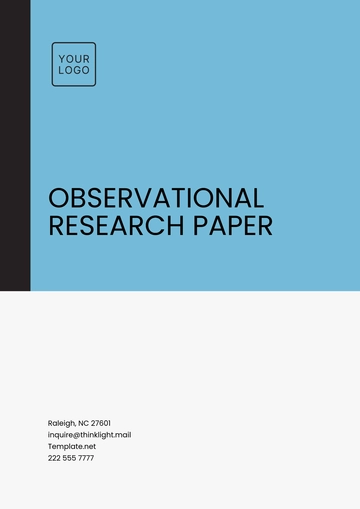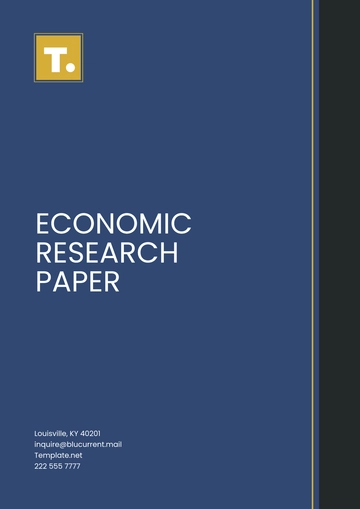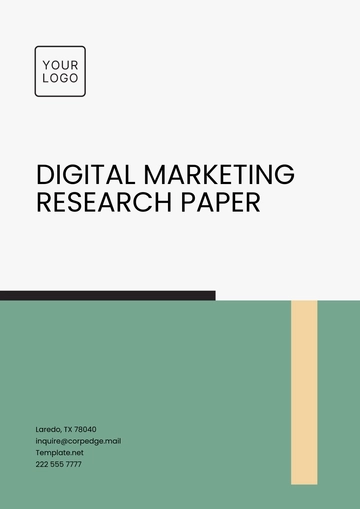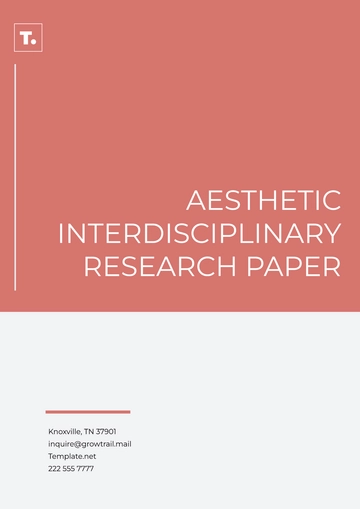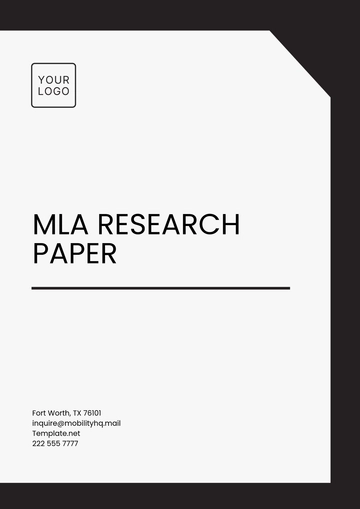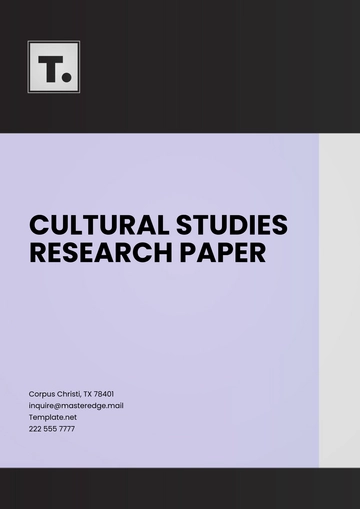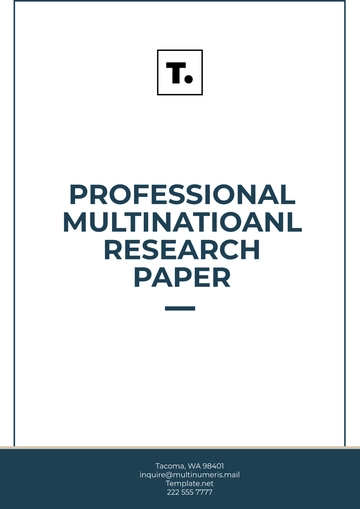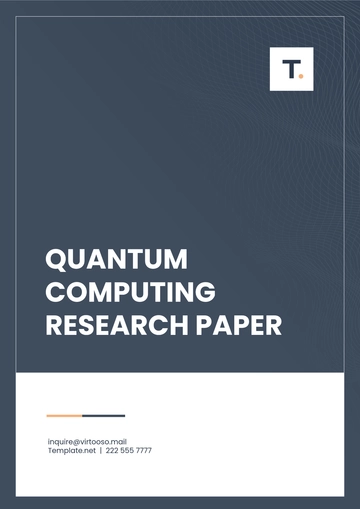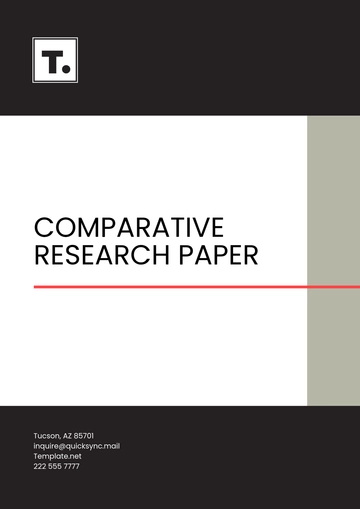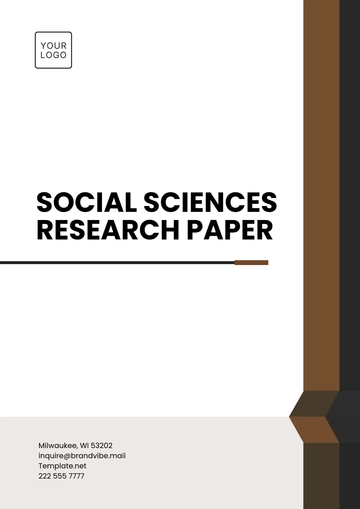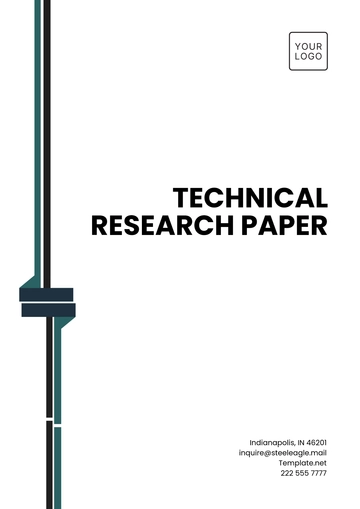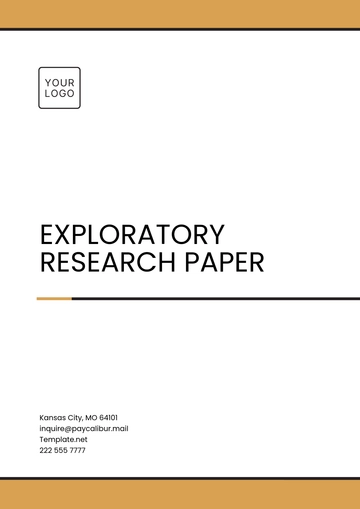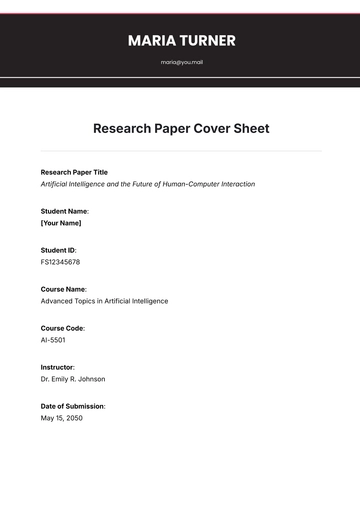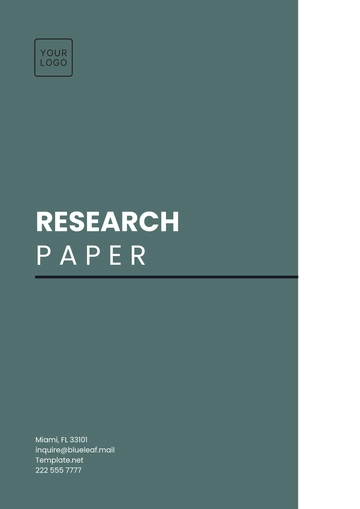Free Journal Article Research Paper

Abstract
This research paper explores the multifaceted influence of technological advancements on modern education. We delve into the transformative effects on teaching methodologies, student engagement, accessibility, and educational outcomes. Through a comprehensive review of current literature and empirical studies, we aim to provide a holistic understanding of how technology is reshaping the educational landscape.
I. Introduction
Technological advancements have become integral to various sectors, and education is no exception. With the advent of the internet, digital tools, and interactive platforms, the traditional classroom setting is undergoing significant transformation. This paper examines these changes and their implications for educators, students, and policymakers.
II. Technological Advancements in Education
1. Online Learning Platforms
Online learning platforms like Coursera, edX, and Khan Academy have democratized access to quality education. These platforms offer a multitude of courses across diverse fields, enabling students from different geographical locations to learn at their own pace.
2. Interactive Tools and Resources
Interactive tools such as smart boards, virtual labs, and educational games have enhanced student engagement and understanding. They support various learning styles and help in imparting complex concepts through visual and interactive means.
3. Artificial Intelligence and Machine Learning
AI and ML technologies are being leveraged to provide personalized learning experiences. Tools like adaptive learning systems and chatbots can cater to individual student needs, addressing gaps in knowledge and offering tailored content.
III. Impact on Teaching Methodologies
The introduction of technology in education has led to significant shifts in teaching methodologies. Here are some key changes:
1. Flipped Classrooms: This model reverses the traditional learning environment by delivering instructional content, often online, outside of the classroom.
2. Blended Learning: Combines online and face-to-face learning experiences to offer a more integrated approach.
3. Gamification: Uses game design elements in non-game contexts to increase student engagement and motivation.
IV. Enhanced Accessibility and Equity
Technology has the potential to bridge educational gaps by providing resources to underserved communities. It offers:
1. Distance Learning: Enables students from remote areas to access quality education.
2. Assistive Technologies: This helps students with disabilities participate in mainstream education through tools like screen readers and speech-to-text applications.
V. Challenges and Limitations
Despite the numerous benefits, technological integration in education faces several challenges:
1. Digital Divide: There is still a significant gap in access to technology between urban and rural areas and among different socioeconomic groups.
2. Teacher Training: Inadequate training for educators to effectively use technological tools can hinder their implementation.
3. Security and Privacy: Concerns about data privacy and security need to be addressed to protect students' information.
VI. Conclusion
Technological advancements have a profound impact on modern education, offering new opportunities and challenges. By addressing the associated limitations and ensuring equitable access, we can harness the potential of technology to enhance educational outcomes for all students.
VII. References
Smith, J. (2051). The role of AI in modern classrooms. Educational Technology Journal.
Johnson, A. (2052). Online learning platforms: A comprehensive review. Journal of Online Education.
Lee, K., & Zhao, H. (2053). Blended learning: What works? International Journal of Educational Research.
- 100% Customizable, free editor
- Access 1 Million+ Templates, photo’s & graphics
- Download or share as a template
- Click and replace photos, graphics, text, backgrounds
- Resize, crop, AI write & more
- Access advanced editor
Elevate your academic writing with the Journal Article Research Paper Template offered by Template.net. This customizable, downloadable, and printable template streamlines your research process, allowing for professional and polished presentations. Editable in our AI Editor Tool, it provides a seamless experience for creating well-structured articles that meet the highest academic standards. Ideal for researchers and scholars.
